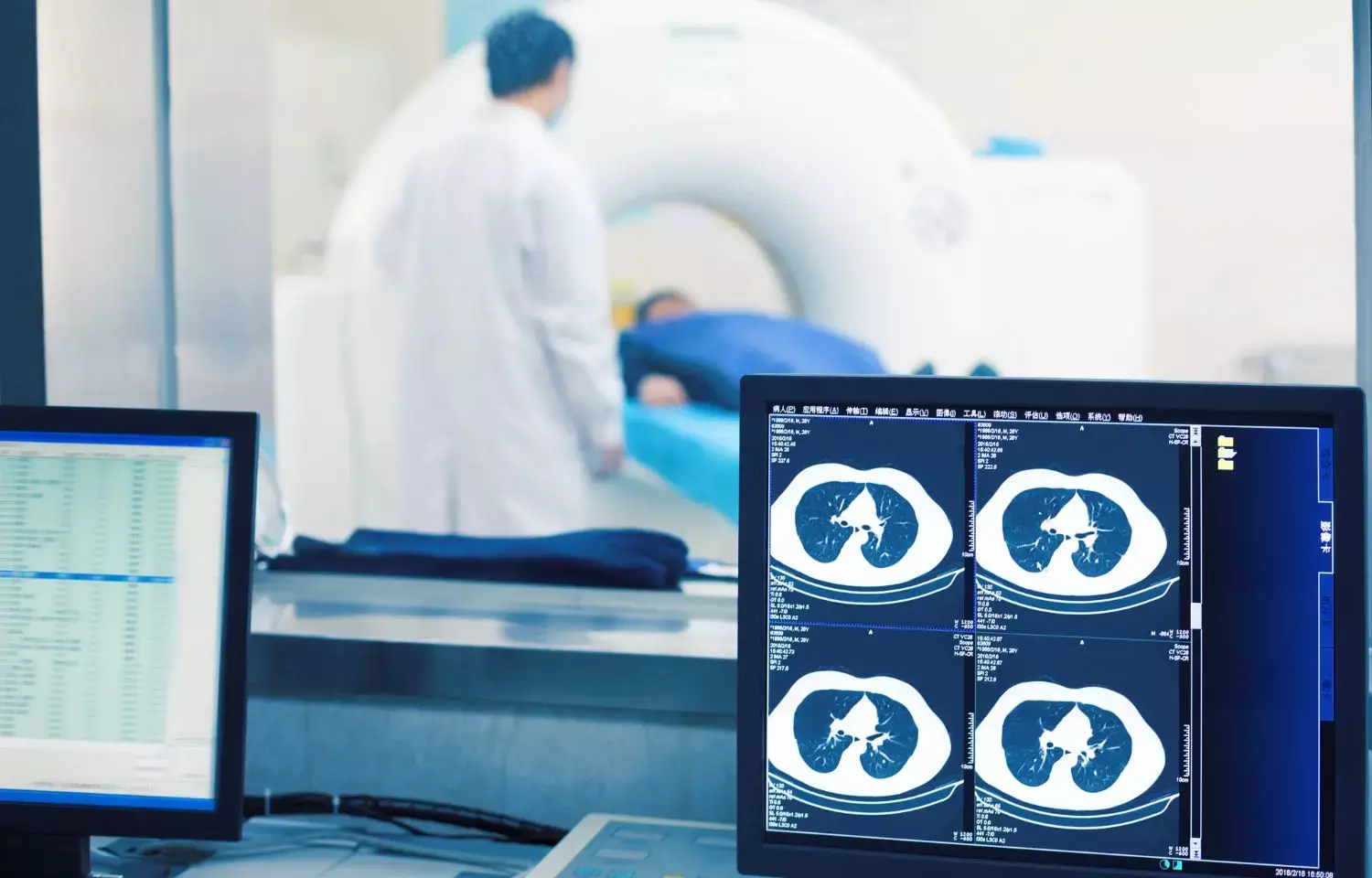- Home
- Medical news & Guidelines
- Anesthesiology
- Cardiology and CTVS
- Critical Care
- Dentistry
- Dermatology
- Diabetes and Endocrinology
- ENT
- Gastroenterology
- Medicine
- Nephrology
- Neurology
- Obstretics-Gynaecology
- Oncology
- Ophthalmology
- Orthopaedics
- Pediatrics-Neonatology
- Psychiatry
- Pulmonology
- Radiology
- Surgery
- Urology
- Laboratory Medicine
- Diet
- Nursing
- Paramedical
- Physiotherapy
- Health news
- Fact Check
- Bone Health Fact Check
- Brain Health Fact Check
- Cancer Related Fact Check
- Child Care Fact Check
- Dental and oral health fact check
- Diabetes and metabolic health fact check
- Diet and Nutrition Fact Check
- Eye and ENT Care Fact Check
- Fitness fact check
- Gut health fact check
- Heart health fact check
- Kidney health fact check
- Medical education fact check
- Men's health fact check
- Respiratory fact check
- Skin and hair care fact check
- Vaccine and Immunization fact check
- Women's health fact check
- AYUSH
- State News
- Andaman and Nicobar Islands
- Andhra Pradesh
- Arunachal Pradesh
- Assam
- Bihar
- Chandigarh
- Chattisgarh
- Dadra and Nagar Haveli
- Daman and Diu
- Delhi
- Goa
- Gujarat
- Haryana
- Himachal Pradesh
- Jammu & Kashmir
- Jharkhand
- Karnataka
- Kerala
- Ladakh
- Lakshadweep
- Madhya Pradesh
- Maharashtra
- Manipur
- Meghalaya
- Mizoram
- Nagaland
- Odisha
- Puducherry
- Punjab
- Rajasthan
- Sikkim
- Tamil Nadu
- Telangana
- Tripura
- Uttar Pradesh
- Uttrakhand
- West Bengal
- Medical Education
- Industry
Use of chest and abdominopelvic CT on the rise among trauma-related ED visits

The evolving utilization of CT for trauma evaluation may be impacted by injury severity. But recent increase in utilization of CT in patients presenting with trauma have raised concern of inappropriate imaging.
The researchers conducted a new study to explore patterns in utilization of chest and abdominopelvic CT among trauma-related emergency department (ED) visits across the United States.
According to a new study national utilization of chest and abdominopelvic CT for trauma-related emergency department (ED) encounters increased in commercially insured patients-especially for single-encounter thoracabdominopelvic CT examinations and for minor injuries from 2011 to 2018.
The research has been published in the ARRS' American Journal of Roentgenology (AJR)
"Given concerns of increased cost and incidental findings detection, further investigation is warranted to explore the potential benefit of single-encounter thoracabdominopelvic CT examinations in patients with minor injuries, as well as strategies to optimize order appropriateness," wrote first author Ninad V. Salastekar, MBBS, MPH, from the department of radiology and imaging sciences at Emory University School of Medicine.
Using national claims information extracted from the IBM MarketScan Commercial Database, Dr. Salastekar's team identified trauma-related ED encounters via 2011–2018 MarketScan files. ED encounters were organized using the Injury Severity Score (minor, intermediate, major) via International Classification of Diseases codes, them assessed for chest CT, abdominopelvic CT, and single-encounter thoracoabdominopelvic CT examinations.
Ultimately, in commercially insured patients, national utilization of single-encounter thoracoabdominopelvic CT per 1,000 trauma-related ED encounters increased from 3.4 in 2011 to 9.8 in 2018 (adjusted incidence rate ratios, 1.16 per year). Additionally, rates rose from 1.1 to 4.6 (1.18) for minor, 6.4 to 16.4 (1.16) for intermediate, and 99.6 to 179.9 (1.08) for major injuries.
Because their retrospective study used national claims data from commercially insured patients-excluding the majority of Medicare- or Medicaid-eligible individuals, while entirely excluding the uninsured-"the findings may not generalize to such populations," the authors of this AJR article cautioned.
Reference:
Utilization of Chest and Abdominopelvic CT for Traumatic Injury From 2011 to 2018: Evaluation Using a National Commercial Database Ninad Salastekar, Richard Duszak Jr, Stefan Santavicca, Michal Horný, Patricia Balthazar, Akram Khaja, Danny R. Hughes, and Tarek N. Hanna https://doi.org/10.2214/AJR.22.27991
Dr Kamal Kant Kohli-MBBS, DTCD- a chest specialist with more than 30 years of practice and a flair for writing clinical articles, Dr Kamal Kant Kohli joined Medical Dialogues as a Chief Editor of Medical News. Besides writing articles, as an editor, he proofreads and verifies all the medical content published on Medical Dialogues including those coming from journals, studies,medical conferences,guidelines etc. Email: drkohli@medicaldialogues.in. Contact no. 011-43720751


